Flowers, with their exquisite allure and captivating aromas, have embarked on a remarkable evolutionary voyage, undergoing profound transformations along the way. These wondrous marvels of nature have adapted to a multitude of environments, becoming indispensable components of ecosystems around the globe. Join us as we delve into the extraordinary narrative of how flowers have blossomed and diversified throughout their awe-inspiring journey.
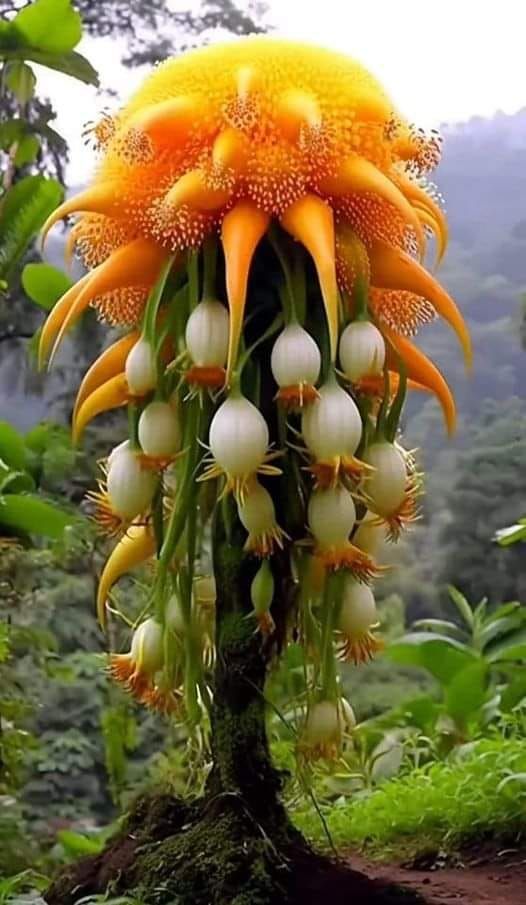
The evolution of flowers traces back millions of years, beginning with simple reproductive structures in ancient plants. These early flowers lacked the vibrant colors and elaborate forms that we associate with flowers today. However, their fundamental purpose remained the same: to facilitate the process of pollination and ensure the continuation of plant species.

As time went on, flowers started to undergo transformative changes. They began to display an array of vibrant colors, alluring scents, and intricate shapes. These developments served a dual purpose: attracting pollinators such as insects, birds, and even mammals, while also providing a means of reproduction. The evolution of pollinators and flowers is a testament to the fascinating coevolutionary relationship that has shaped the natural world.
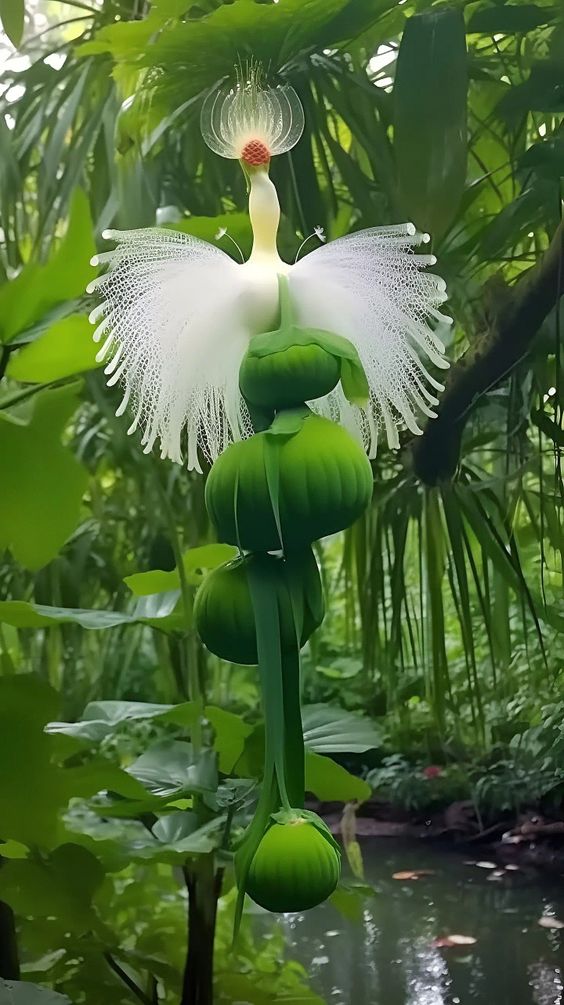
One of the most significant milestones in the development of flowers was the emergence of angiosperms, or flowering plants. Angiosperms revolutionized the plant kingdom by introducing enclosed reproductive structures, protected within their flowers. This innovation allowed for increased efficiency in pollination and seed production, enabling plants to thrive in various habitats.
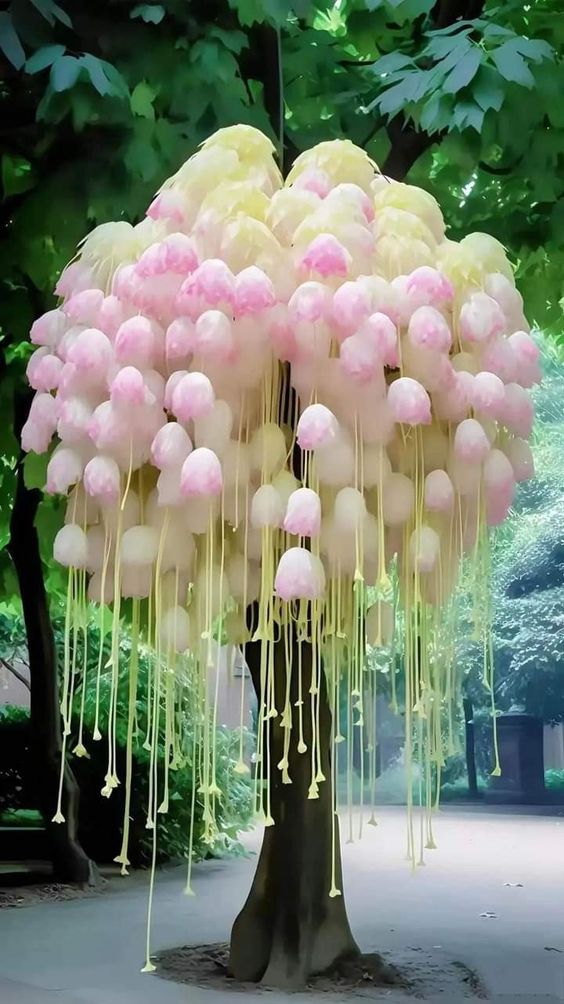
Furthermore, flowers developed diverse strategies to ensure successful pollination. Some flowers evolved to produce nectar, a sugary substance that serves as a reward for pollinators. In exchange for the nourishing nectar, pollinators inadvertently transfer pollen from one flower to another, aiding in the fertilization process. Other flowers developed specialized adaptations, such as unique shapes, patterns, or scents, to attract specific pollinators that would be most effective in carrying their pollen.

Over time, flowers adapted to various ecological niches, resulting in an astonishing array of sizes, colors, and forms. From the delicate petals of a rose to the intricate patterns of an orchid, the diversity of flowers is a testament to their remarkable evolutionary journey. Today, we can find flowers in nearly every corner of the globe, from the lush rainforests to the arid deserts, each adapted to its specific environment.
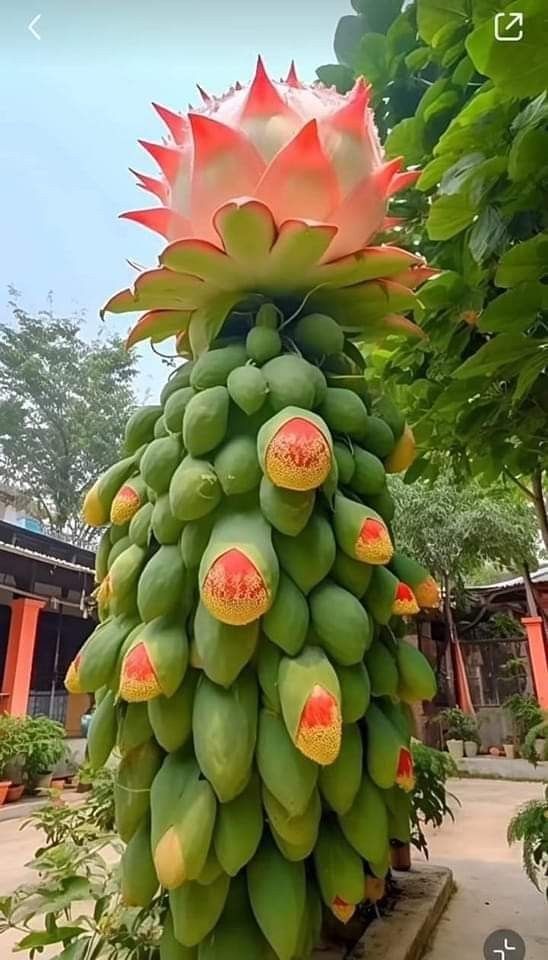
The enormous development of flowers not only enhanced their reproductive success but also enriched the lives of humans. Humans have long been captivated by the beauty and symbolism of flowers, incorporating them into cultural practices, art, and celebrations. Flowers have the power to evoke emotions, inspire creativity, and create a sense of serenity in our lives.
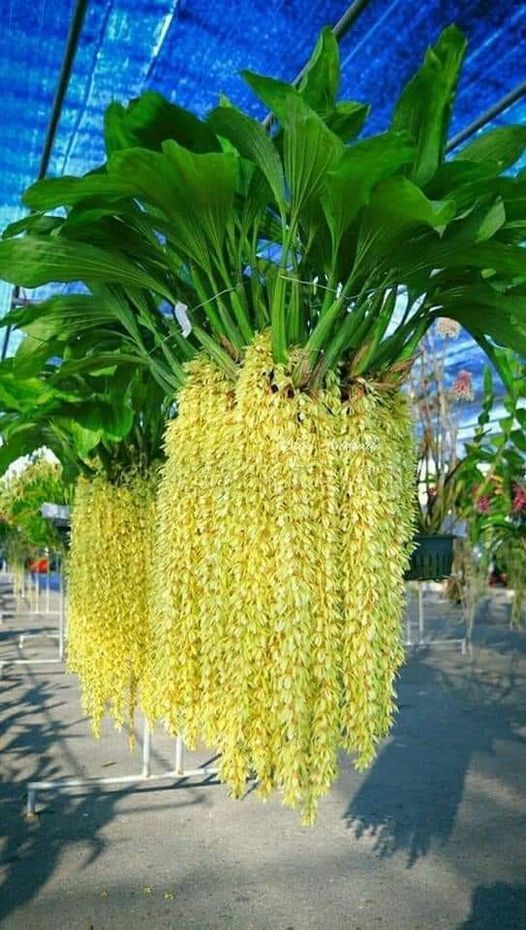
In conclusion, the journey of flowers from their humble beginnings to their current diverse and enchanting forms is a testament to the wondrous power of evolution. The incredible adaptations they have undergone throughout millions of years have allowed them to thrive and play a vital role in ecosystems worldwide. As we marvel at the magnificent array of flowers around us, let us appreciate their remarkable development and the profound impact they have on our world.






